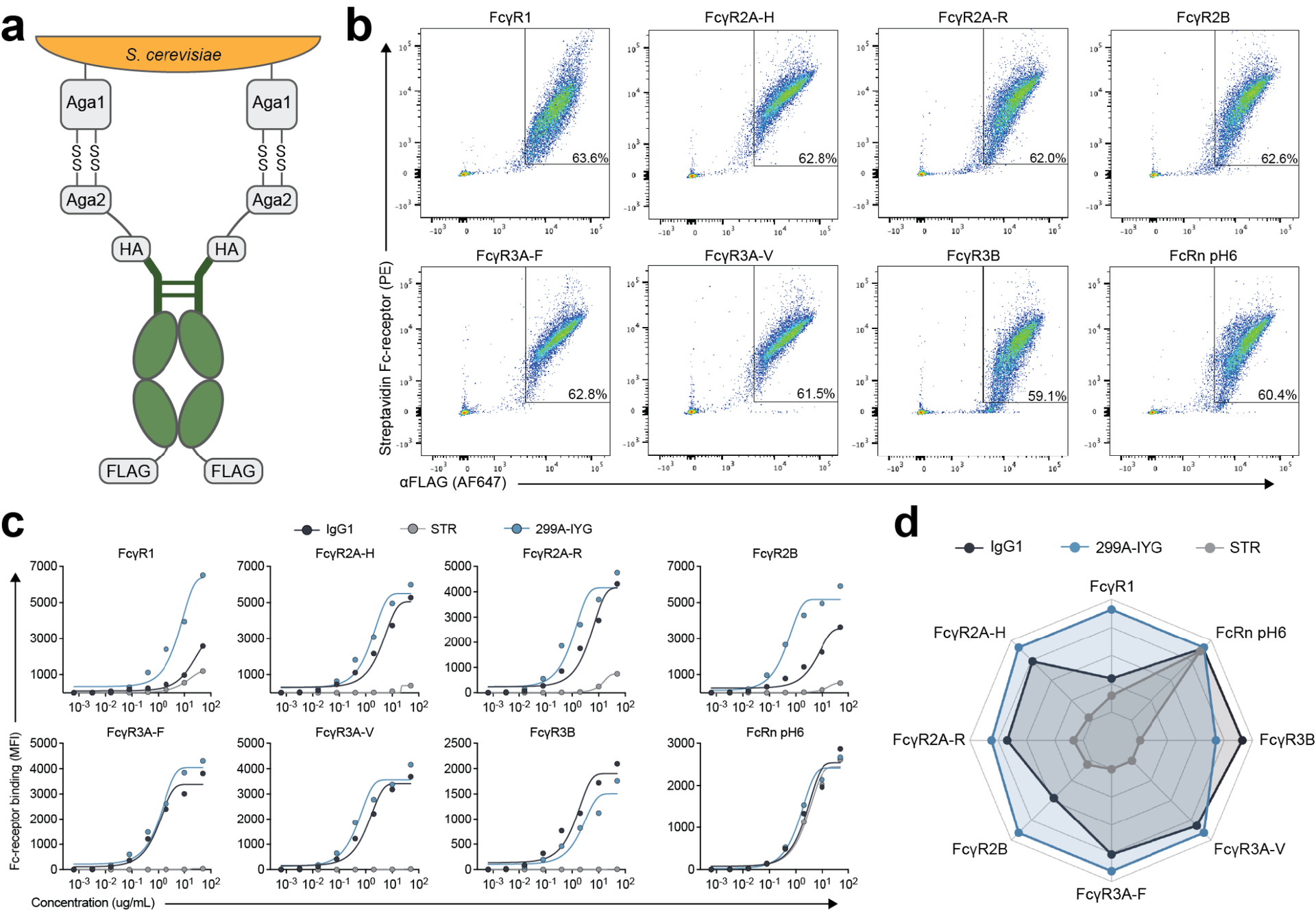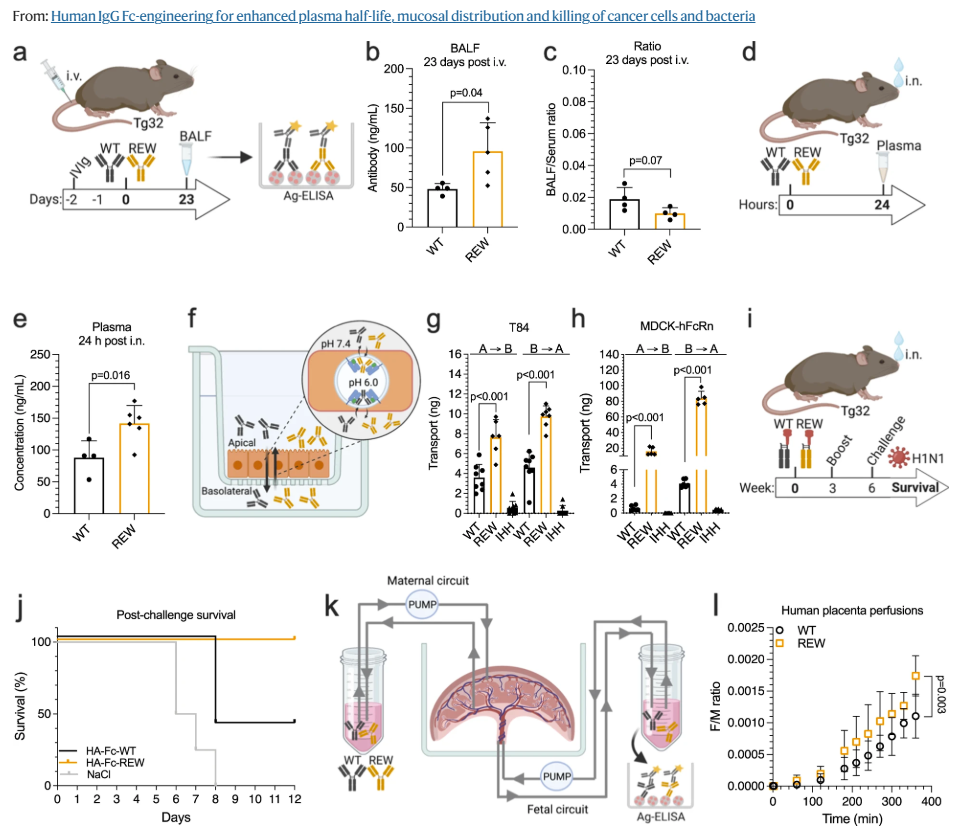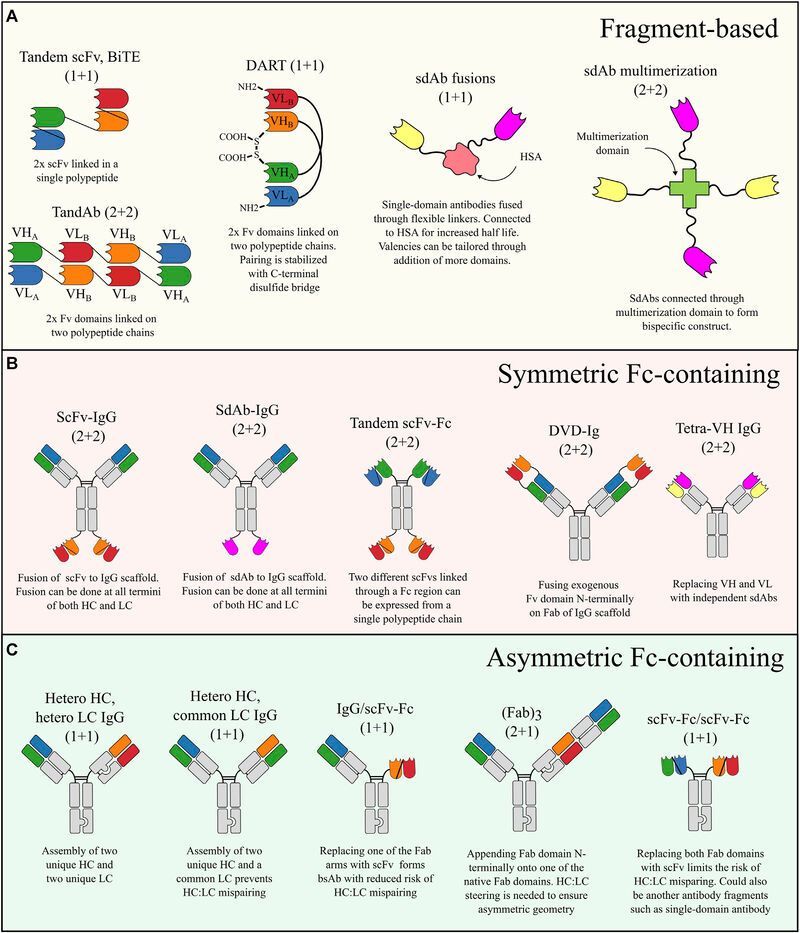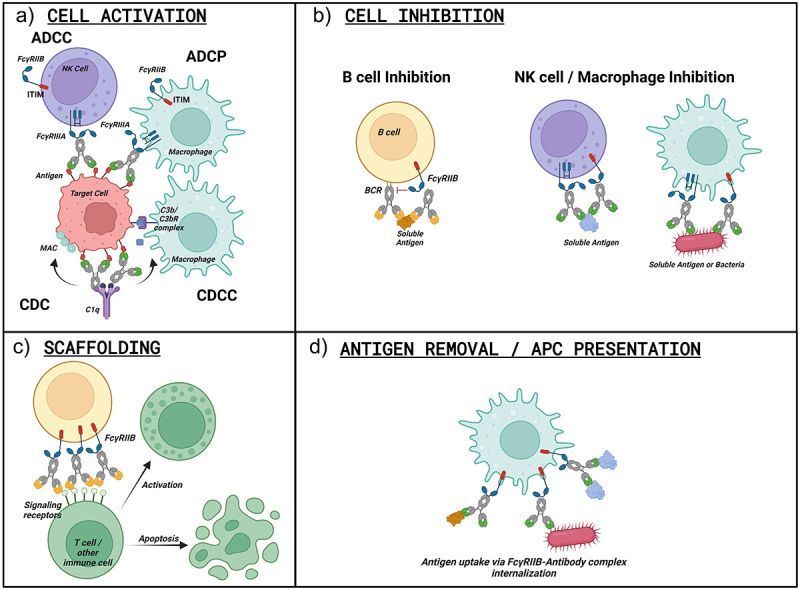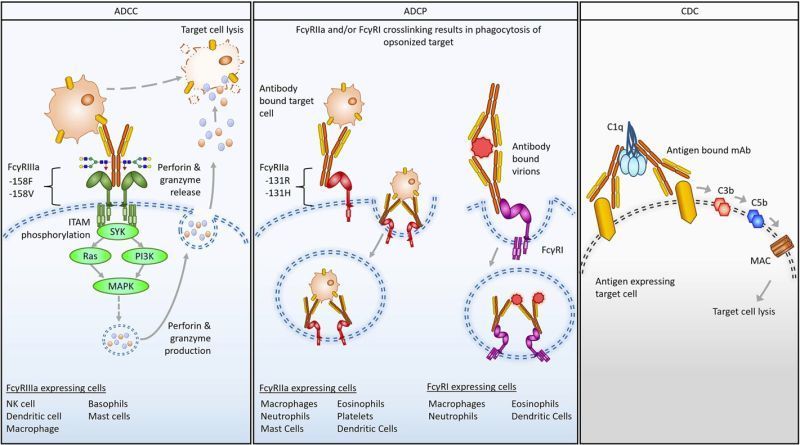Application Note│Comprehensive Profiling of Approved Anti-CD20 mAbs Using Fc Effector Function Platform
Summary
CD20 is a key target for treating B-cell malignancies, enabling selective B-cell depletion. This study compared Rituximab (RTX), Ofatumumab (OFA), and Obinutuzumab (OBZ), revealing distinct profiles of known and previously unreported Fc-effector functions, offering insights into mechanisms of antibody efficacy and safety.
This study uses the advanced SeromYx Fc-effector function platform to profile marketed anti-CD20 mAbs, comparing their biophysical binding and cellular Fc functions by leveraging a well-characterized recombinant human full-length CD20-VLPs from ACROBiosystems, aiming to deepen understanding of their potential mechanisms of action and clinical implications.
Key Findings
- Biophysical binding assays are predictive of Fc-driven cellular functions
- SeromYx’s platform recapitulates known Fc effector functions of marketed anti-CD20 mAbs
- Identification of previously unreported effector functions may guidedevelopment of improved CD20 mAbs


